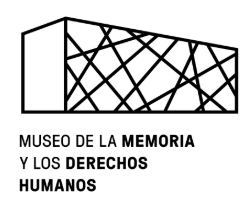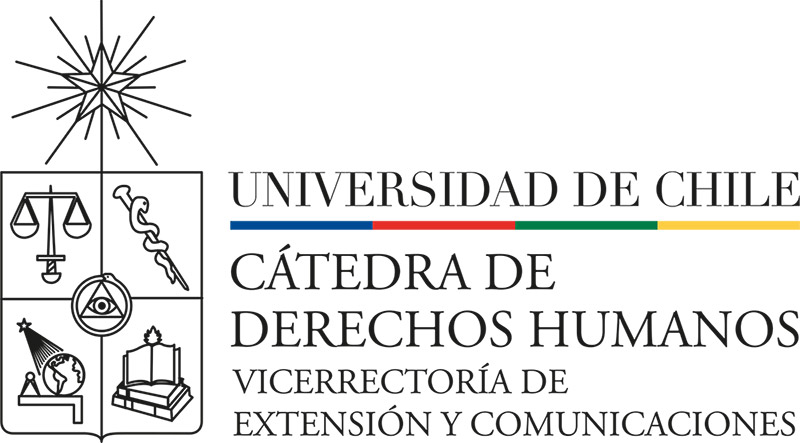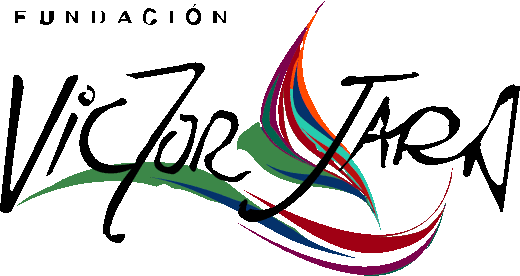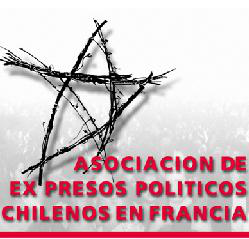 Cantos Cautivos
Cantos Cautivos
160 results where found for «How We Resemble Each Other»
Priests and Soldiers (Curas y milicos)
Music piece by:
Sergio Vesely
Testimony by:
Sergio Vesely
Experience in:
Tags:
Song of a Middle-Class Man (Canción de un hombre medio)
Music piece by:
Sergio Vesely
Testimony by:
Sergio Vesely
Experience in:
Cárcel de Valparaíso, 1976
Tags:
King Ñaca Ñaca (El rey Ñaca Ñaca)
Music piece by:
Sergio Vesely
Testimony by:
Sergio Vesely
Experience in:
Tags:
Prayer So You Don't Forget Me (Oración para que no me olvides)
Music piece by:
Óscar Castro (words) and Ariel Arancibia González (music)
Testimony by:
Rosalía Martínez
Experience in:
Campamento de Prisioneros Cuatro Álamos, November - December 1974
Tags:
Oh Saving Victim (O salutaris Hostia)
Music piece by:
text by Saint Thomas Aquinas; music by Lorenzo Perosi
Testimony by:
Roberto Navarrete
Experience in:
Cárcel de Santiago, November 1973 - April 1974
Tags:
Today I Sing for the Sake of Singing (Hoy canto por cantar)
Music piece by:
Nydia Caro and Riccardo Ceratto
Testimony by:
Ángeles Álvarez Cárdenas
Experience in:
Villa Grimaldi, 6 - 15 January 1975
Tags:
Three Mountaineers (Eran tres alpinos)
Music piece by:
Unknown. Traditional Spanish children's song
Testimony by:
María Cecilia Marchant Rubilar
Experience in:
Cárcel de Mujeres Buen Pastor, La Serena, September 1973 - January 1974
Tags:
Candombe for José (Candombe para José)
Music piece by:
Roberto Ternán
Testimony by:
Amelia Negrón
Experience in:
Campamento de Prisioneros, Tres Álamos, June 1976
Tags:
Why does the afternoon cry (Por qué llora la tarde)
Music piece by:
Antônio Marcos. Popularised in Chile by Claudio Reyes
Testimony by:
Carolina Videla
Experience in:
Cárcel Pública de Arica, January 1989
Tags:
Music piece by:
unknown. Folk tune from the Andes highlands
Testimony by:
Guillermo Orrego Valdebenito
Experience in:
Tags:








